[In-Depth Comparison] Lenovo ThinkPad L14 Gen 3 vs Lenovo ThinkPad E14 Gen 4 – Very similar, but also with some major differences
 ThinkPads are simply business excellence. The brand has been around for 30 years, so its image is already well-established. Lenovo plays a huge role in that, taking over for IBM in 2005, after which the brand flourished and really dominated the business notebook space. Today we have two very similar devices, the ThinkPad L14 Gen 3 and the ThinkPad E14 Gen 4, both offering a compact and light chassis and good performance.
ThinkPads are simply business excellence. The brand has been around for 30 years, so its image is already well-established. Lenovo plays a huge role in that, taking over for IBM in 2005, after which the brand flourished and really dominated the business notebook space. Today we have two very similar devices, the ThinkPad L14 Gen 3 and the ThinkPad E14 Gen 4, both offering a compact and light chassis and good performance.
In terms of hardware, we see most higher-end laptops offer the Alder Lake U-series and P-series, and these ThinkPads are no different. However, we do believe that there are gains to be made with an AMD CPU, mainly better efficiency and a boatload of extra performance from the 5000 and 6000 Ryzen U-series. However, let’s not talk about what we don’t have here and focus on the laptops at hand.
Today we’re giving you an in-depth comparison between the Lenovo ThinkPad L14 Gen 3 and the ThinkPad E14 Gen 4.
Lenovo ThinkPad L14 Gen 3: Full Specs / In-depth Review
Lenovo ThinkPad E14 Gen 4: Full Specs / In-depth Review
Lenovo ThinkPad L14 Gen 3 configurations:
Lenovo ThinkPad E14 Gen 4 configurations:
Contents
Design and construction
As with all ThinkPads, the options for materials are infinite. The ThinkPad L14 Gen 3 is offered with either an aluminum or a plastic lid and either a plastic or a carbon fiber base. The ThinkPad E14 Gen 4 has an aluminum lid and the choice between an aluminum or a plastic base. Choosing a plastic, or part plastic, assembly means an increased thickness, but also a lower weight. Ultimately, the L14 is quite lighter, coming in a 1.39 kg, while the E14 stops the scales at 1.59 kg. In terms of looks, both laptops are very similar, with a recessed keyboard, sharp edges, and rounded corners. The ThinkPad L14 has a grill on top, housing stereo speakers.
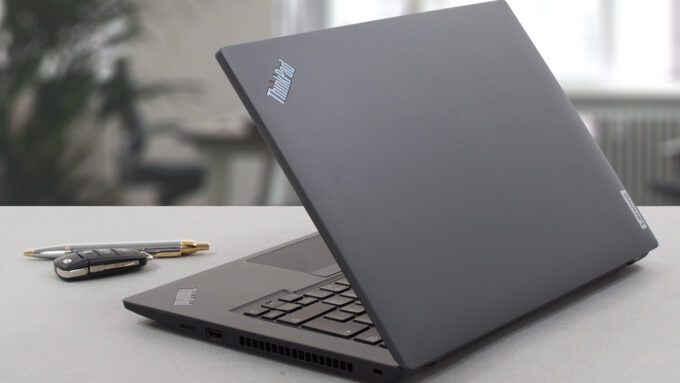
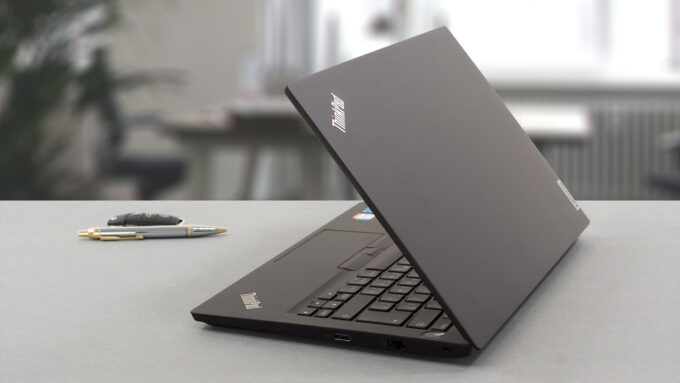
Keyboard and touchpad
Both laptops have lids that are easy to open with one hand, which is a show of quality. The keyboards on the two ThinkPads have long key travel and clicky feedback. The backlight and spill resistance are great features as well, which we very much appreciate. There are two TrackPoints, respectively, with physical buttons on top of the touchpads. The pads have a Mylar cover, which is very smooth, while the responsiveness and accuracy can rival the best.
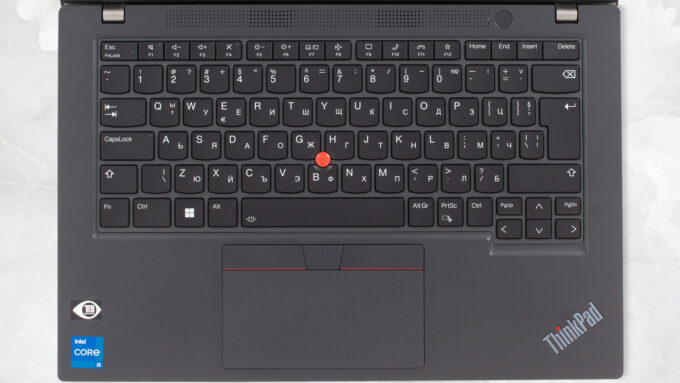
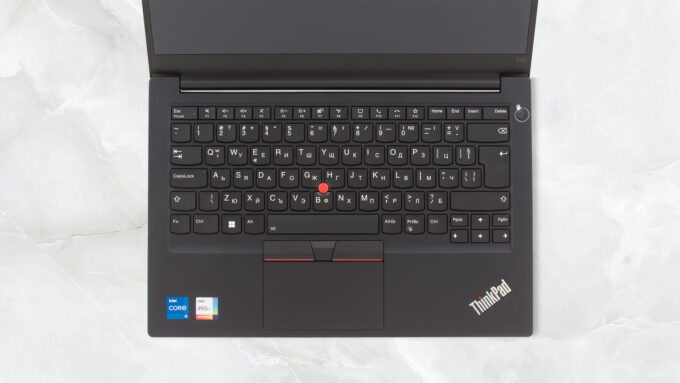
Ports
The ThinkPad L14 Gen 3 comes with very good port coverage, which includes two USB Type-A 3.2 (Gen. 1) ports, one Type-C 3.2 (Gen. 1) port, one Thunderbolt 4 port, an HDMI 2.1 port, a MicroSD card slot, an Ethernet port, and a 3.5 mm audio jack. The L14 does offer an optional SmartCard reader and a SIM card slot.



The I/O of the ThinkPad E14 Gen 4 is less impressive, with one USB 2.0 port, one USB 3.2 (Gen. 1) port, one Thunderbolt 4 port, and a 3.5 mm audio jack. There is an optional Ethernet port.


Disassembly, upgrade options
The ThinkPad L14 comes with two SODIMM slots that fit up to 64GB of DDR4 memory in total and one M.2 slot for blazing-fast PCIe Gen 4 SSDs.
The E14 on the other hand, has up to 8GB of soldered memory, along with one SODIMM slot and two M.2 slots for Gen 4 SSDs.
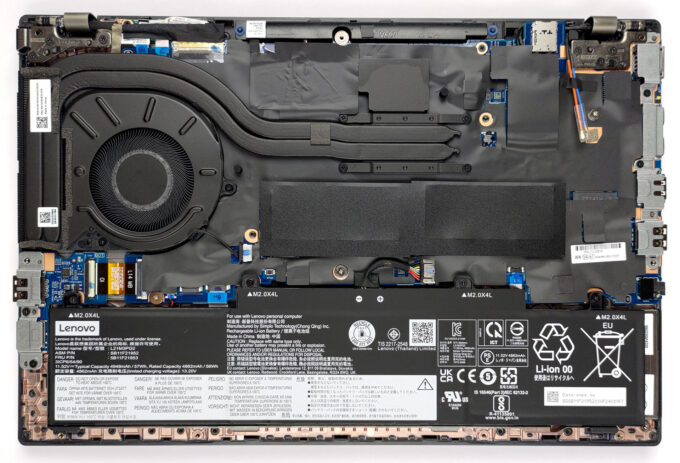
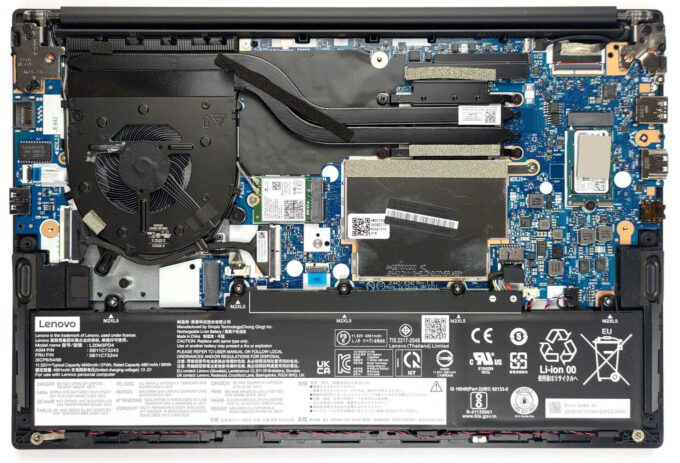
Spec sheet
Lenovo ThinkPad L14 Gen 3 (Intel) series
- CPU
- Intel Pentium 8505Intel Core i7-1265U #159 in Top CPUsIntel Core i7-1260P #122 in Top CPUsIntel Core i7-1255U #165 in Top CPUsIntel Core i5-1250P #169 in Top CPUsIntel Core i5-1245U #158 in Top CPUsIntel Core i5-1240P #129 in Top CPUsIntel Core i5-1235U #163 in Top CPUsIntel Core i3-1215U #194 in Top CPUs
- Dimensions
- 325.4 x 217 x 18.73 - 19.63 mm (12.81" x 8.54" x 0.74")
- Weight
- 1.39 kg (3.1 lbs)
- Price
- Not Available
Lenovo ThinkPad E14 Gen 4 (Intel) series
- Dimensions
- 324 x 220.7 x 17.9 - 18.9 mm (12.76" x 8.69" x 0.70")
- Weight
- 1.59 kg (3.5 lbs)
- Price
- Not Available
Display quality
While we like to praise Lenovo, we have to admit that offering a TN panel in 2022 is a thing that we have to point, out, and even mock a bit. However, in both configurations that we tested, we used the FHD IPS panel, which has a pixel density of 157 PPI, a pitch of 0.161 x 0.161 mm, and a Retina distance of 56 cm.
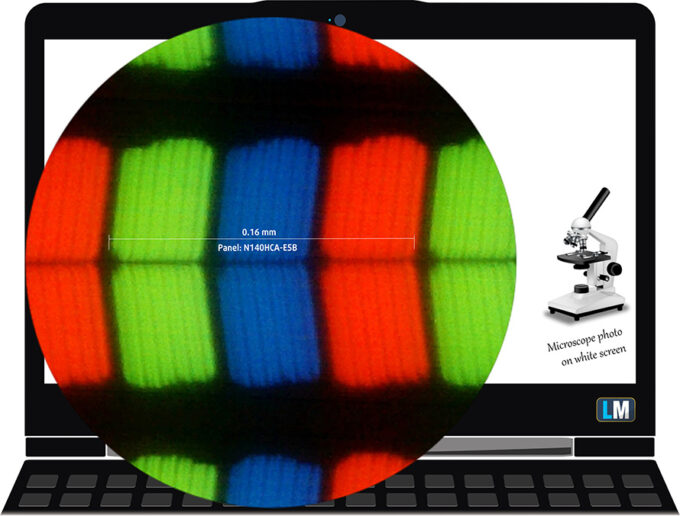

The viewing angles are excellent, as you can see in the reference images below.


In terms of peak brightness, the E14 measures slightly higher, at 298 nits, while the L14 comes in at 262 nits. However, the L14 has much better uniformity. The contrast ratio is pretty good on both laptops, but the E14 does have a higher 1620:1 contrast ratio.
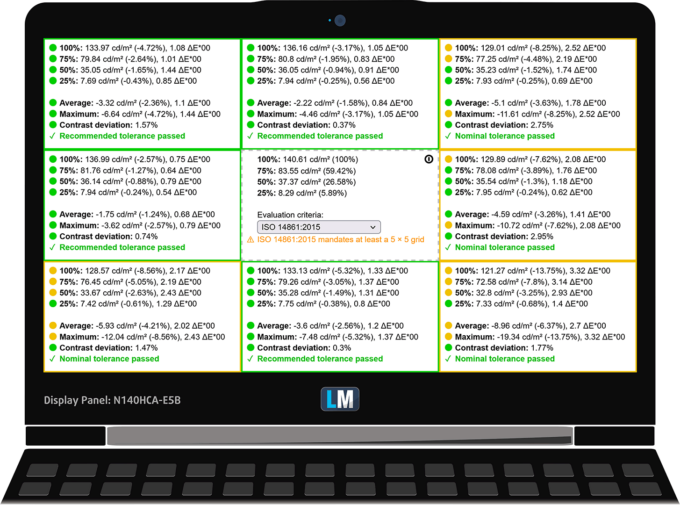
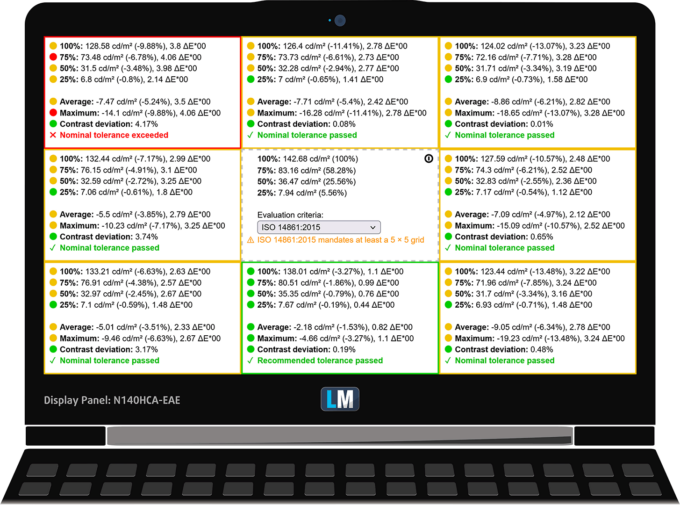
Color coverage
To make sure we are on the same page, we would like to give you a little introduction to the sRGB color gamut and the Adobe RGB. To start, there’s the CIE 1976 Uniform Chromaticity Diagram that represents the visible specter of colors by the human eye, giving you a better perception of the color gamut coverage and the color accuracy.
Inside the black triangle, you will see the standard color gamut (sRGB) that is being used by millions of people on HDTV and on the web. As for the Adobe RGB, this is used in professional cameras, monitors, etc for printing. Basically, colors inside the black triangle are used by everyone and this is the essential part of the color quality and color accuracy of a mainstream notebook.
Still, we’ve included other color spaces like the famous DCI-P3 standard used by movie studios, as well as the digital UHD Rec.2020 standard. Rec.2020, however, is still a thing of the future and it’s difficult for today’s displays to cover that well. We’ve also included the so-called Michael Pointer gamut, or Pointer’s gamut, which represents the colors that naturally occur around us every day.
The yellow dotted line shows the color coverage of both ThinkPads. Both show insufficient coverage, with 53% sRGB coverage.


Color accuracy
We tested the accuracy of the display with 24 commonly used colors like light and dark human skin, blue sky, green grass, orange, etc. You can check out the results in factory condition and also, with the “Design and Gaming” profile.
Below you can check the results from the test of both laptops, with both the factory settings (left) and with our “Design and Gaming” profile applied (right).
The two ThinkPads don’t reach a dE value of less than 2.0, even with our Design and Gaming profile, only going as low as 3.6.
Lenovo ThinkPad L14 Gen 3

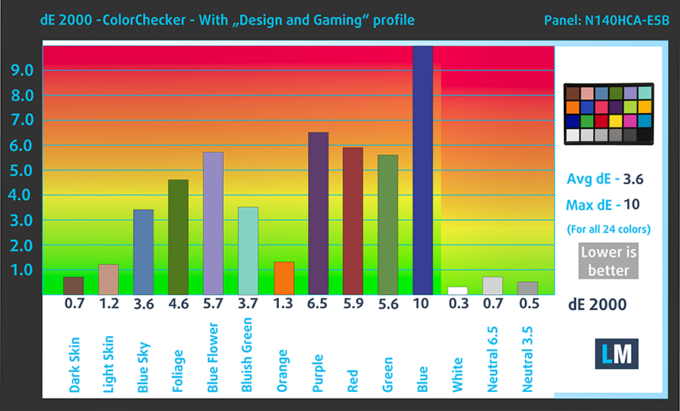
Lenovo ThinkPad E14 Gen 4
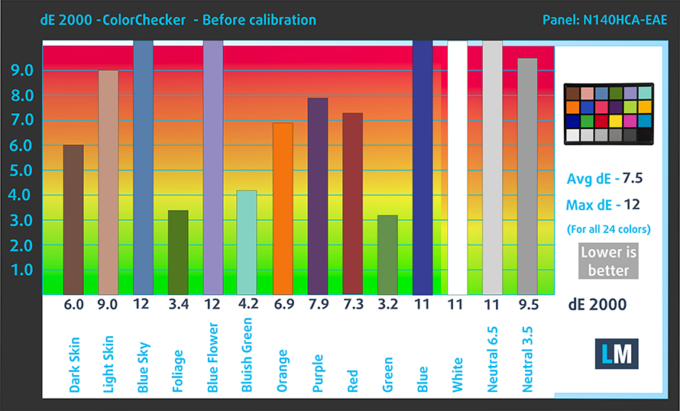
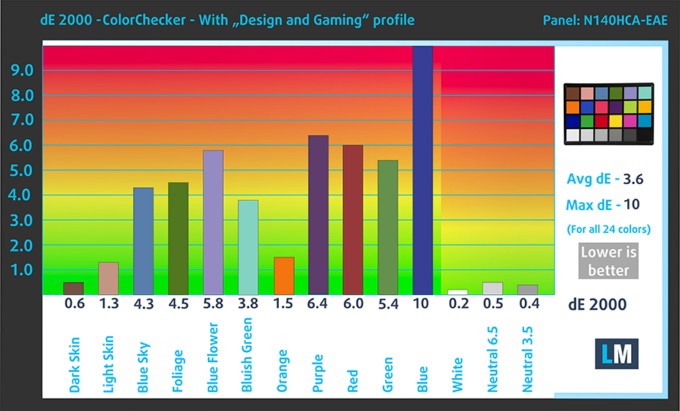
Response time (Gaming capabilities)
We test the reaction time of the pixels with the usual “black-to-white” and “white-to-black” method from 10% to 90% and vice versa.
The two ThinkPads are pretty close, but the L14 comes in with a slightly quicker Fall + Rise time of 18.6 ms.


Health impact – PWM / Blue light
PWM – Screen flickering
Pulse-width modulation (PWM) is an easy way to control monitor brightness. When you lower the brightness, the light intensity of the backlight is not lowered, but instead turned off and on by the electronics with a frequency indistinguishable to the human eye. In these light impulses, the light/no-light time ratio varies, while brightness remains unchanged, which is harmful to your eyes. You can read more about that in our dedicated article on PWM.
Both laptops show no PWM usage across all brightness levels.

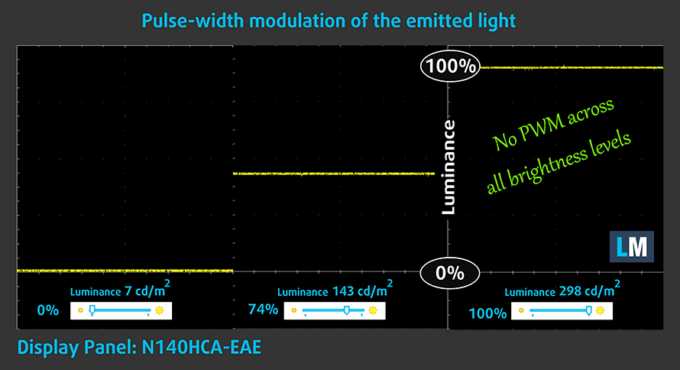
Blue light emissions
Installing our Health-Guard profile not only eliminates PWM but also reduces the harmful Blue Light emissions while keeping the colors of the screen perceptually accurate. If you’re not familiar with the Blue light, the TL;DR version is – emissions that negatively affect your eyes, skin, and your whole body. You can find more information about that in our dedicated article on Blue Light.
Buy our profiles
Lenovo ThinkPad L14 Gen 3 14.0″ Chi Mei (Innolux) N140HCA-E5B (LEN40A9) (FHD, 1920 × 1080) IPS panel: Buy our profiles
Lenovo ThinkPad E14 Gen 4 14.0″ Innolux N140HCA-EAE (LEN40A9) (FHD, 1920 × 1080) IPS panel: Buy our profiles
Sound
The ThinkPad L14 has a front-firing setup mounted above the keyboard, while the E14 has two grills on the left and right sides of the bottom panel. In terms of quality, both laptops provide clear and loud audio with no deviations across the entire frequency range.

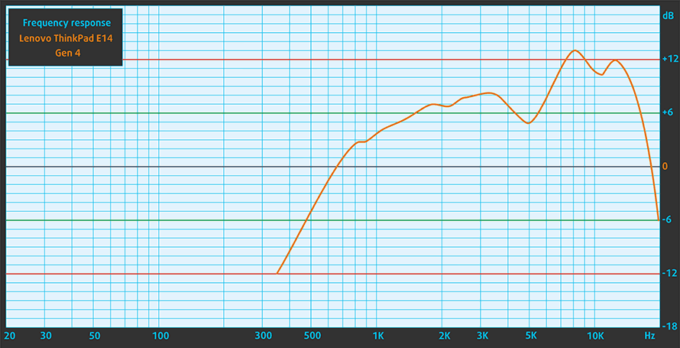
Battery
Both laptops use a 57Wh battery pack, which provides good results. Still, the L14 comes ahead in both tests, lasting for 1 hour and 23 minutes more in web browsing and 2 hours and 27 minutes more in video playback. Now, we conduct the battery tests with the Windows Better performance setting turned on, screen brightness adjusted to 120 nits, and all other programs turned off except for the one we are testing the notebook with.
In order to simulate real-life conditions, we used our own script for automatic web browsing through over 70 websites.
For every test like this, we use the same video in HD.
Performance
The two ThinkPads come with both the Alder Lake U-series and Alder Lake P-series. In terms of graphics, the L14 relies solely on its iGPU, while the E14 can be configured with an MX550 with 2GB of GDDR6 memory.
CPU benchmarks
Here we tested the Core i5-1235U inside both laptops. In the two benchmarks that we use, the E14 comes ahead in both, with a lead of 4% in 3D Rendering, while being a second faster in Photoshop.
Results are from the Cinebench R23 CPU test (the higher the score, the better)
Results are from our Photoshop benchmark test (the lower the score, the better)
GPU benchmarks
The difference in GPU benchmarks is totally crazy, as despite the laptops sharing the same Iris Xe Graphics G7 with 80 Execution Units, the one in the ThinkPad E14 comes with 39%, 58%, and 73% leads in the 3DMark Time Spy, Fire Strike, and Wild Life benchmarks, while also being 47% quicker in Unigine Superposition.
Results are from the 3DMark: Time Spy (Graphics) benchmark (higher the score, the better)
Results are from the 3DMark: Fire Strike (Graphics) benchmark (higher the score, the better)
Results are from the 3DMark: Wild Life benchmark (higher the score, the better)
Results are from the Unigine Superposition benchmark (higher the score, the better)
Gaming tests

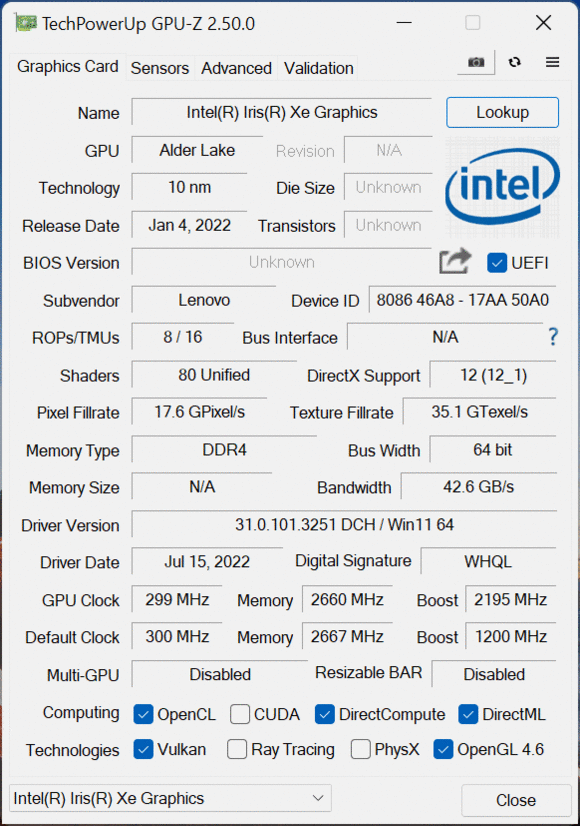

| CS:GO | HD 1080p, Low (Check settings) | HD 1080p, Medium (Check settings) | HD 1080p, MAX (Check settings) |
|---|---|---|---|
| Lenovo ThinkPad L14 Gen 3 – Iris Xe Graphics G7 (80EU) | 92 fps | 70 fps | 35 fps |
| Lenovo ThinkPad E14 Gen 4 – Iris Xe Graphics G7 (80EU) | 106 fps (+15%) | 76 fps (+6%) | 44 fps (+26%) |

| DOTA 2 | HD 1080p, Low (Check settings) | HD 1080p, Normal (Check settings) | HD 1080p, High (Check settings) |
|---|---|---|---|
| Lenovo ThinkPad L14 Gen 3 – Iris Xe Graphics G7 (80EU) | 100 fps | 65 fps | 38 fps |
| Lenovo ThinkPad E14 Gen 4 – Iris Xe Graphics G7 (80EU) | 112 fps (+12%) | 73 fps (+12%) | 40 fps (+5%) |
Temperatures and comfort
These laptops are identical down to the cooling, using two heat pipes and one fan to keep things under control.
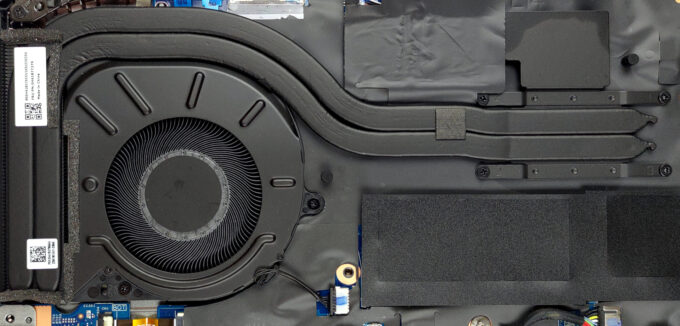
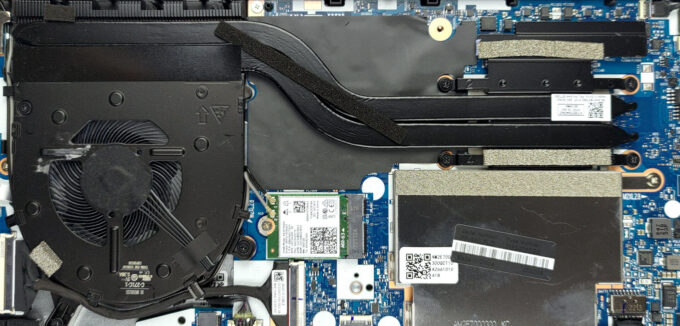
Max CPU load
| Intel Core i5-1235U (15W TDP) | 0:02 – 0:10 sec | 0:15 – 0:30 sec | 10:00 – 15:00 min |
|---|---|---|---|
| Lenovo ThinkPad L14 Gen 3 | 3.20 GHz @ 2.77 GHz @ 83°C @ 44W | 3.10 GHz @ 2.71 GHz @ 94°C @ 43W | 1.89 GHz @ 1.95 GHz @ 72°C @ 20W |
| Lenovo ThinkPad E14 Gen 4 | 3.28 GHz @ 2.77 GHz @ 84°C @ 44W | 3.18 GHz @ 2.77 GHz @ 90°C @ 44W | 2.49 GHz @ 2.28 GHz @ 77°C @ 28W |
While both laptops are very even when it comes to short workloads, the ThinkPad E14 comes with a pretty nice advantage in the long run, with 8W higher wattage and a good bump in clock speeds on both the P-cores and E-cores.
Comfort during full load
Despite running hotter on the inside, the chassis of the E14 Gen 4 looks to be better insulated, as the outside temperature is 4°C lower.
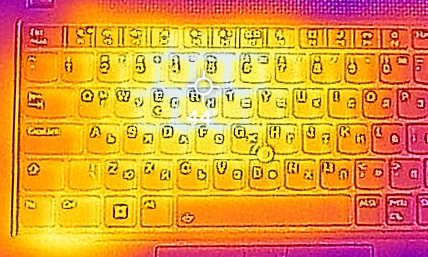
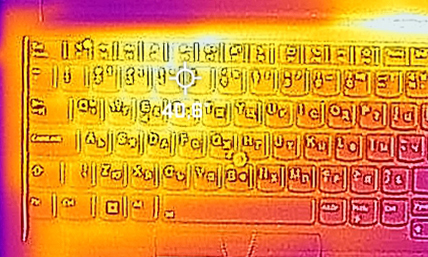
Verdict
Lenovo has standardized the way they make the ThinkPad laptops, which leads to both excellent quality and next to no bad apples, but also makes choosing between some of them a hard task, as they’re mostly similar. Design-wise, the laptops look identical, with a black chassis that’s either made from aluminum or plastic. The ThinkPad E14 is surprisingly lighter, by around 200 grams, while being thinner as well, so if portability is your main goal, you know where to look.
The input devices are dead even, with the two ThinkPads having an amazing spill-resistant keyboard that feels clicky, while the touchpad is both smooth and accurate. You even get a TrackPoint, which can be useful and gives the laptops a touch of old school.
The port selection is a win for the L14, which has an extra Type-C port, faster Type-A ports, and an SD card reader. It also has better upgradeability, with two RAM slots, instead of the one on the E14. In terms of the displays, both ThinkPad devices don’t really do a good job, with subpar color coverage and accuracy. However, if you don’t plan to do any design work, you’d be satisfied with whatever you choose.
Both laptops have good speakers with 0 deviations, however, even with the front-firing setup, you’d only notice the difference when having the laptop on a soft surface, where the sound from the top doesn’t get absorbed, which is what would happen on a normal, bottom-firing setup.
The ThinkPad L14 has a longer battery life, while the E14 gets more out of its Core i5-1235U, scoring higher in all benchmarks that we tested, including the GPU section, where we see huge gains in synthetic benchmarks and good leads in games as well. All of this is despite the laptops having the same cooling setup, but for some reason, the E14 pushes its CPU higher in terms of wattage and clock speeds. While the chip also gets hotter, the laptop is actually cooler on the outside.
Even we’re finding it difficult to pick between these two machines, so if you’re at a crossroads as well, think about what you personally need and go from there. You should also look at the price, as both of these laptops are quality offerings for business.
Why choose the Lenovo ThinkPad L14 Gen 3?
- Better-populated I/O
- Lighter chassis
- Battery life
- More upgradeability
Why choose the Lenovo ThinkPad E14 Gen 4?
- Front-firing speakers
- Performance
- Runs cooler
Lenovo ThinkPad L14 Gen 3: Full Specs / In-depth Review
Lenovo ThinkPad E14 Gen 4: Full Specs / In-depth Review
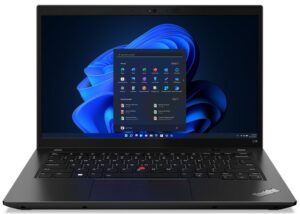
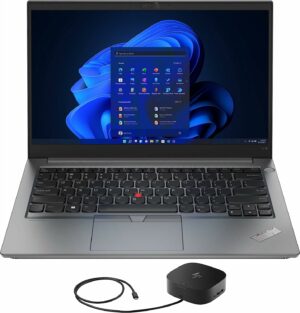

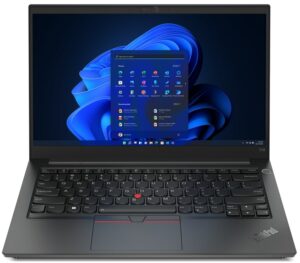







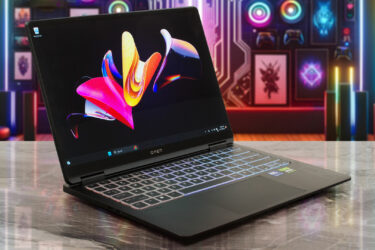
In the beginning it says the L14 is 1.39kg while the E14 is 1.59kg and even mentioned again, but at the end of the article, it says the E14 is lighter by 200gram. Shouldn’t it be L14? Portability is an important consideration for me so this review kind of confuses me for that bit.